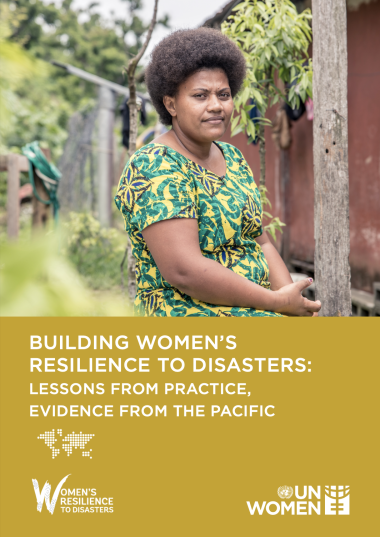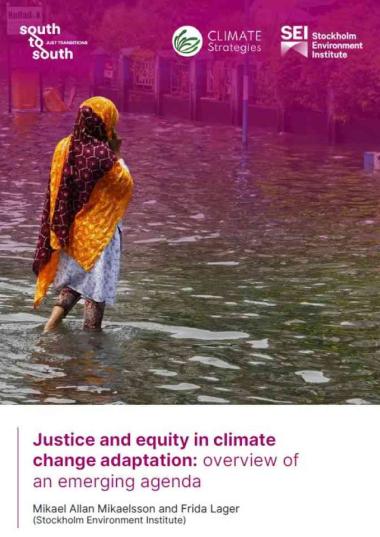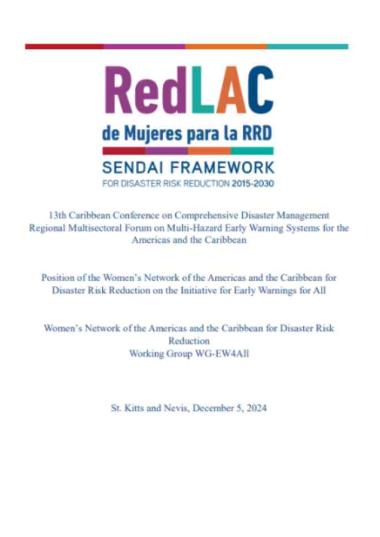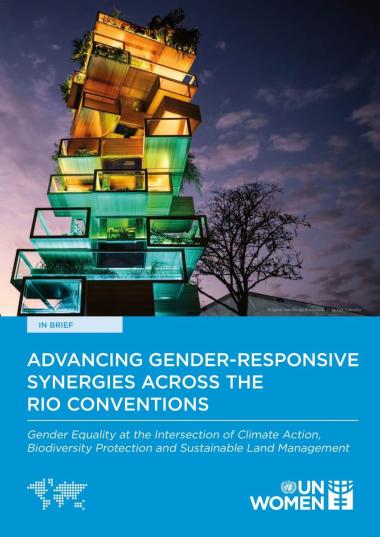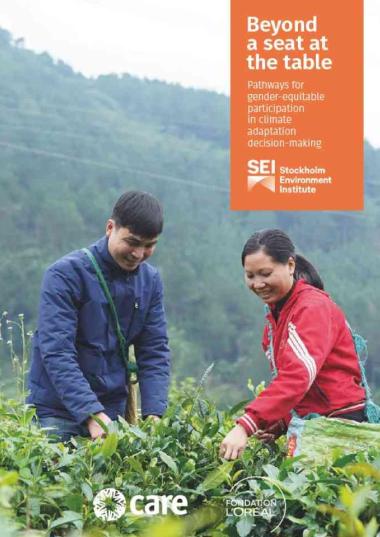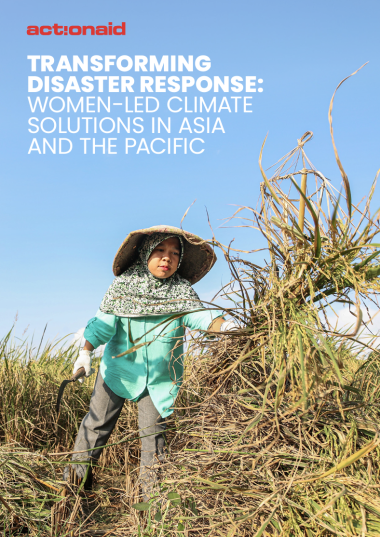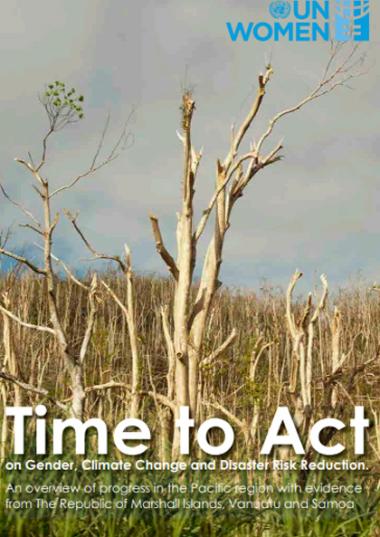
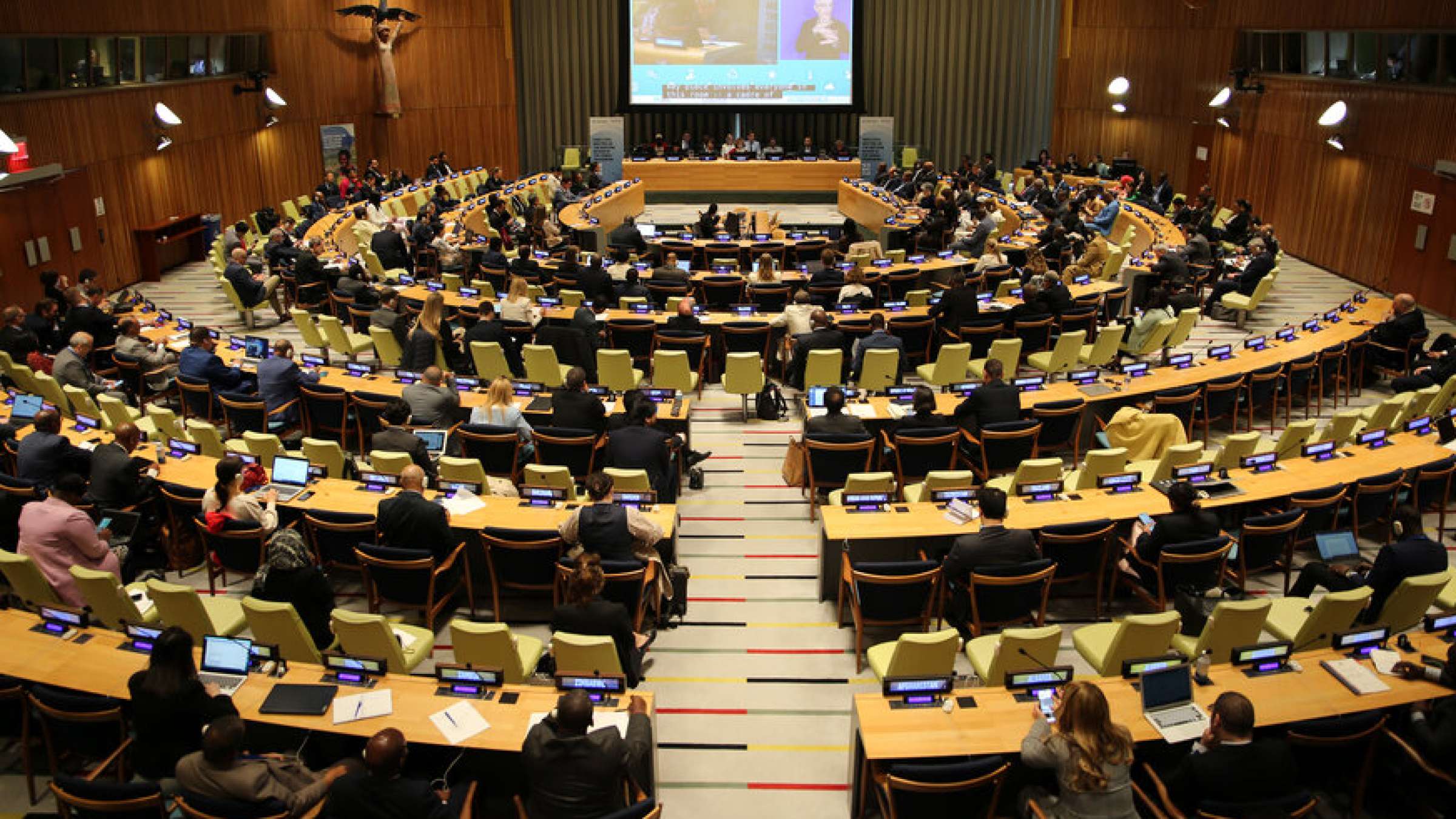
Political declaration of the high-level meeting on the midterm review of the Sendai Framework for Disaster Risk Reduction 2015–2030
May 2023
In the 11-page Political Declaration (A/77/L.70), Heads of State and Government, Ministers, and High-level Representatives reaffirm their commitment to the full implementation of the Sendai Framework and reiterate its call for the substantial reduction of disaster risk and losses in lives, livelihoods, and health. They recognize the need for a broader and more people-centered preventive approach to DRR, reflecting the 2030 Agenda for Sustainable Development, and that policies and practices need to be multi-hazard and multisectoral, inclusive, and accessible.
While it recognizes that the implementation of the Sendai Framework is delivering positive results, the Declaration expresses deep concern that the pace of implementation is not sufficient nor equal and notes insufficient access to disaster data, risk knowledge, technology, and financing. It further expresses deep concern at the increasing frequency and intensity, and the number and scale of disasters and their devastating impacts, which undermine progress towards sustainable development and the achievement of the SDGs, especially for vulnerable countries, noting that economic losses are rising.
The Declaration recognizes that: disaster risk is increasingly complex and systemic; hazards can trigger each other with cascading and compounding impacts within and across sectors and geographies; and conventional approaches to disaster management are no longer adequate. Highlighting the need to shift from managing disasters and their impacts to reducing and preventing disaster risk, it reaffirms a commitment to addressing DRR and building resilience with renewed urgency.
The Declaration also highlights the synergies between the implementation of the Sendai Framework, the 2030 Agenda for Sustainable Development, and the Paris Agreement on climate change, and reaffirms the urgency of implementing the Sendai Framework for a risk-informed approach to sustainable development.
The Declaration contains four priorities:
- understanding disaster risk;
- strengthening disaster risk governance to manage disaster risk;
- investing in DRR for resilience; and
- enhancing disaster preparedness for effective response and to “Build Back Better” in recovery, rehabilitation, and reconstruction.
On understanding disaster risk, the Declaration highlights gaps in the collection of disaster loss and risk data as barriers to the development of inclusive multisectoral DRR policies and emphasizes strengthened efforts to, among others:
- enhance the quality of and access to multi-hazard risk data in all sectors;
- assess core drivers of risk creation and vulnerability;
- foster better understanding and knowledge of disaster risk; and
- strengthen awareness and understanding of new, emerging, and future disaster risks.
The Declaration calls upon states to:
- strengthen the collection and analysis of data on hazards, disaster events, and their impacts, and the monitoring of systemic risk, cascading effects, compounding hazards and multiple risk drivers;
- ensure the provision of adequate, sustainable, and timely means of implementation;
- improve national mechanisms to share disaster risk data and analysis, and ensure they are accessible, interoperable, and available in easily understandable formats;
- enhance the collection and interpretation of data disaggregated by income, sex, age, and disability;
- ensure the use of traditional, Indigenous, and local knowledge and practices; and
- enhance efforts to promote a culture of disaster prevention, resilience, responsible citizenship, and education on disaster risk.
On strengthening disaster risk governance, the Declaration reaffirms that each state has the primary responsibility to prevent and reduce disaster risk and reiterates the importance of engaging all of society in DRR planning. It emphasizes that silos within and between national and local institutions limit coordination between DRR, biodiversity conservation, sustainable development and economic policies, and climate change policies. It also stresses the need to enhance coordination, coherence, and integration between disaster and health risk management systems. The Declaration calls upon states to:
- strengthen national multi-hazard risk governance;
- support and enable all local authorities to have DRR strategies;
- ensure that disaster risk governance is supported by legal and regulatory frameworks;
- promote full, equal, meaningful, and inclusive participation in all processes related to DRR and in the design and implementation of DRR policies, plans, and programmes;
- mainstream DRR in the implementation of other relevant policy areas;
- promote DRR policies, strategies, and actions that reduce the risk of displacement in the context of disasters;
- promote NbS and ecosystem-based approaches, among other approaches, for DRR at all levels; and
- engage with global, regional, and subregional organizations to intensify their work in advancing cooperation and transferring knowledge and technologies, on mutually agreed terms, for DRR.
On investing in DRR for resilience, the Declaration recognizes that investments in DRR and efforts to de-risk investments remain inadequate and DRR-related official development assistance has barely increased. It stresses the need to improve means of implementation for developing countries and the need for sustainable and predictable investment in DRR in all sectors. The Declaration recognizes the detrimental impact of disasters on the debt sustainability of many vulnerable countries, and expresses deep concern that public and private investments to anticipate, plan for, reduce, and prevent disaster risk remain insufficient and do not match the scale of existing and future risk. It also recognizes the need to implement integrated and inclusive economic measures that prevent and reduce hazard exposure and vulnerability to disasters, and the need for the global community to enhance efforts to scale up DRR financing instruments. The Declaration further calls upon states to:
- identify gaps in public spending on DRR and allocate increased domestic resources;
- develop comprehensive national and local DRR financing strategies;
- encourage financial authorities to integrate DRR into their work and promote relevant investment;
- ensure that infrastructure plans are aligned to DRR strategies;
- engage with the private sector to scale up investment in DRR;
- prioritize and enhance the allocation of and access to sustainable and predictable financing for DRR at all levels;
- enhance financing for early and anticipatory approaches to reduce the impact of disasters;
- incorporate DRR measures into multilateral and bilateral development assistance programmes, and infrastructure financing;
- promote the development of innovative instruments and tools to finance DRR;
- pursue the reform of international financial institutions to further consider integrating DRR into their work; and
- strengthen prevention, preparedness, response, and recovery for health emergencies.
On enhancing disaster preparedness for effective response and to “Build Back Better” in recovery, rehabilitation, and reconstruction, the Declaration highlights that building back better principles have not been applied systematically and that coverage of and accessibility to multi-hazard early warning systems remains inadequate. It recognizes that more is needed to invest in, develop, maintain, and strengthen people-centered, multi-hazard, and multisectoral forecasting and early warning systems. It welcomes progress on the UN Secretary-General’s call to protect everyone on Earth through universal coverage of early warning systems. The Declaration calls upon states to:
- prepare, review, and exercise national and local disaster response, recovery, and rehabilitation plans;
- ensure the incorporation of disaster risk management into post-disaster recovery, rehabilitation, and reconstruction processes;
- promote the further development of and investment in effective local, national, and regional multi-hazard early warning mechanisms;
- strengthen good governance and accountability in DRR strategies at all levels;
- strengthen risk monitoring, impact-based forecasting, and early warning communication at all levels;
- strengthen subregional, regional, and global cooperation on transboundary risk and disasters;
- recognize that countries affected by protracted humanitarian crises and emergencies are among those most vulnerable to the impacts of disasters; and
- enhance recovery schemes to provide psychosocial support and mental health services for all people in need.
On follow-up and review, the Declaration:
- reiterates the instrumental and cross-cutting role of science, technology, and innovation, and highlights upcoming global and regional platforms for DRR to be held before 2030 to assess and discuss progress on, and give practical guidance to, the implementation of the Sendai Framework;
- notes the establishment of the Group of 20 Working Group on DRR;
- welcomes the progress by the High-level Panel on the Development of a Multidimensional Vulnerability Index for SIDS;
- welcomes the progress regarding enhancing the capacity and capability of developing countries, in particular the most vulnerable, and recognizes that North-South cooperation, complemented by South-South and triangular cooperation is key to DRR;
- notes ongoing work to develop a gender action plan for the implementation of the Sendai Framework; and
- calls upon relevant entities of the UN system to enhance support for the implementation of the Sendai Framework, including technical support.
